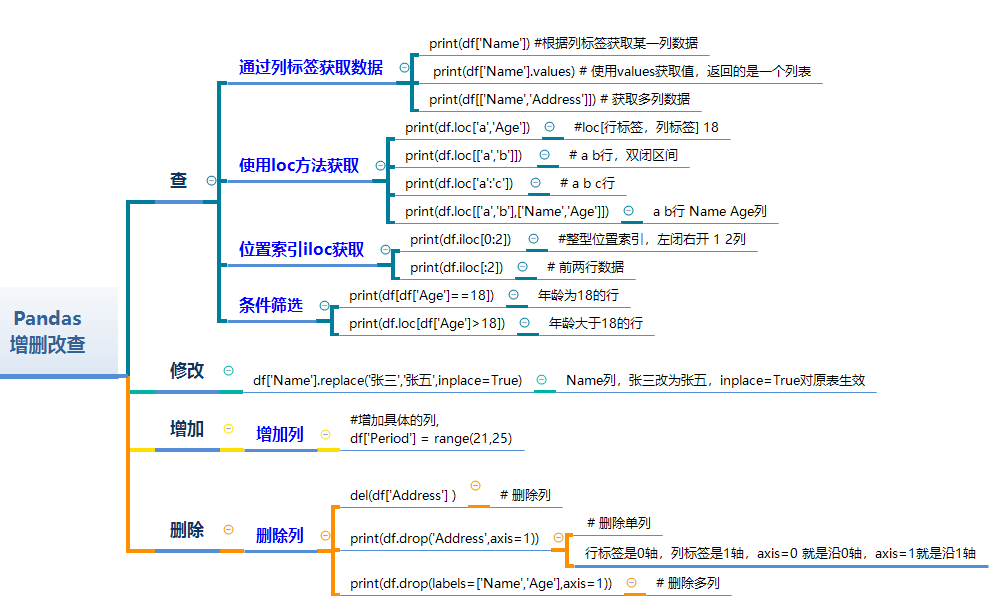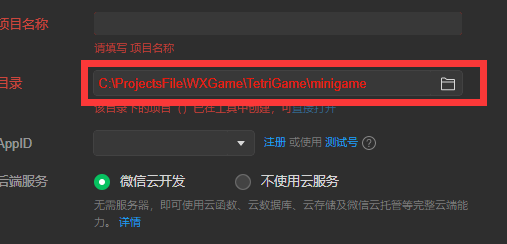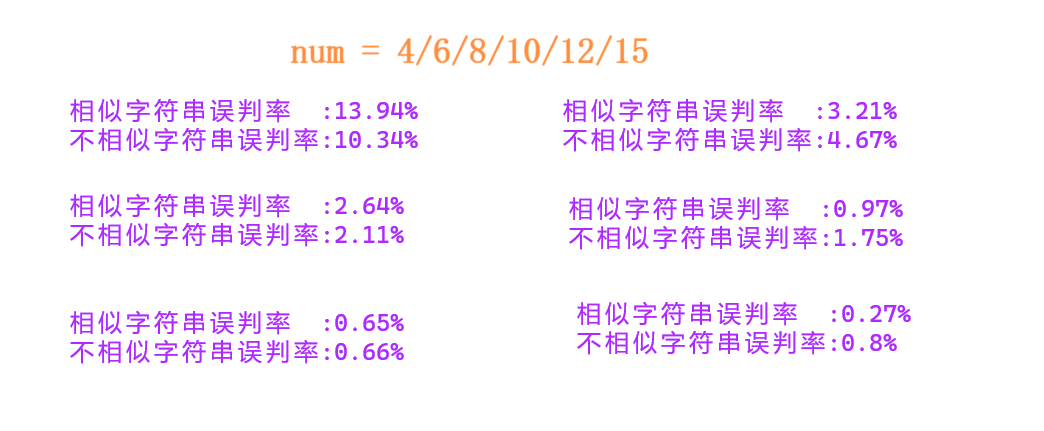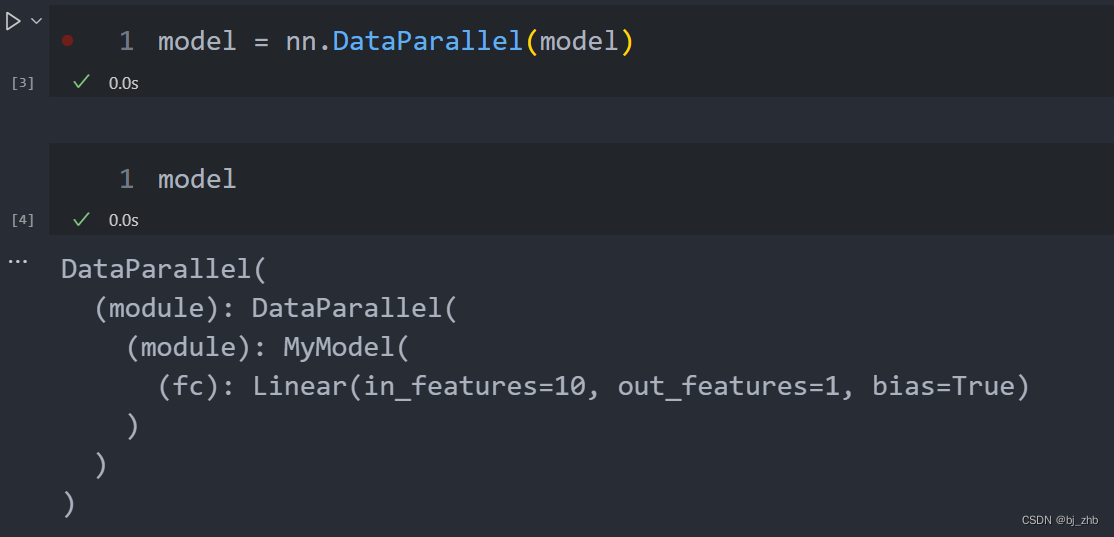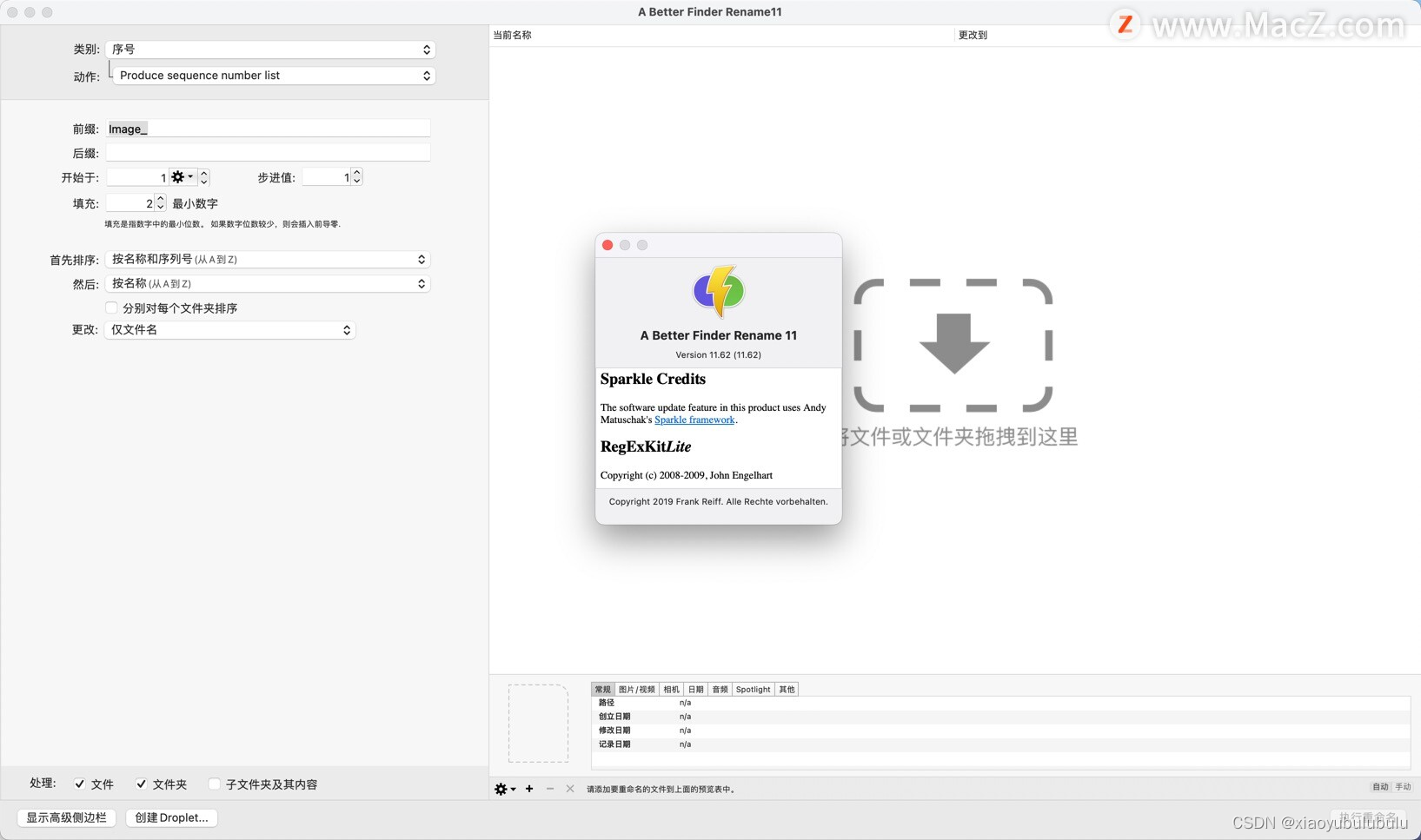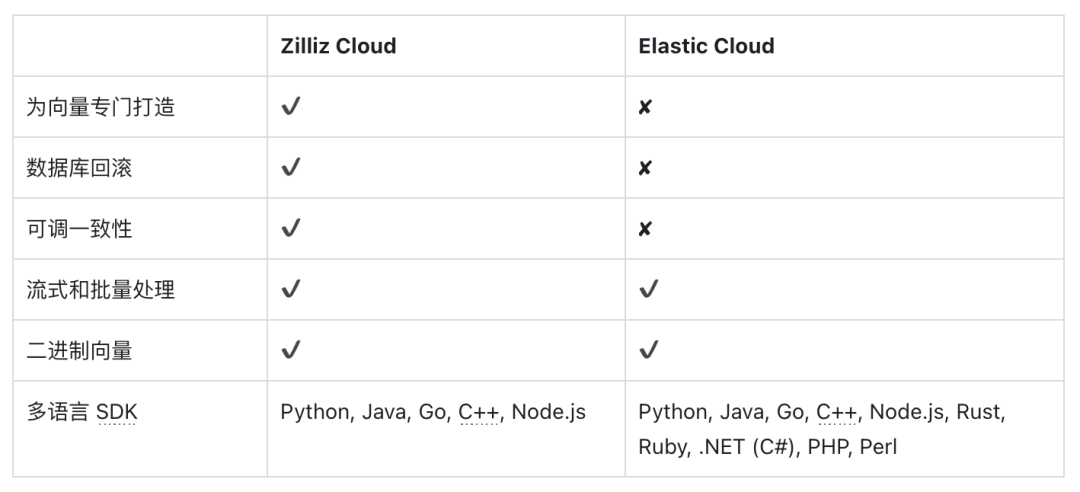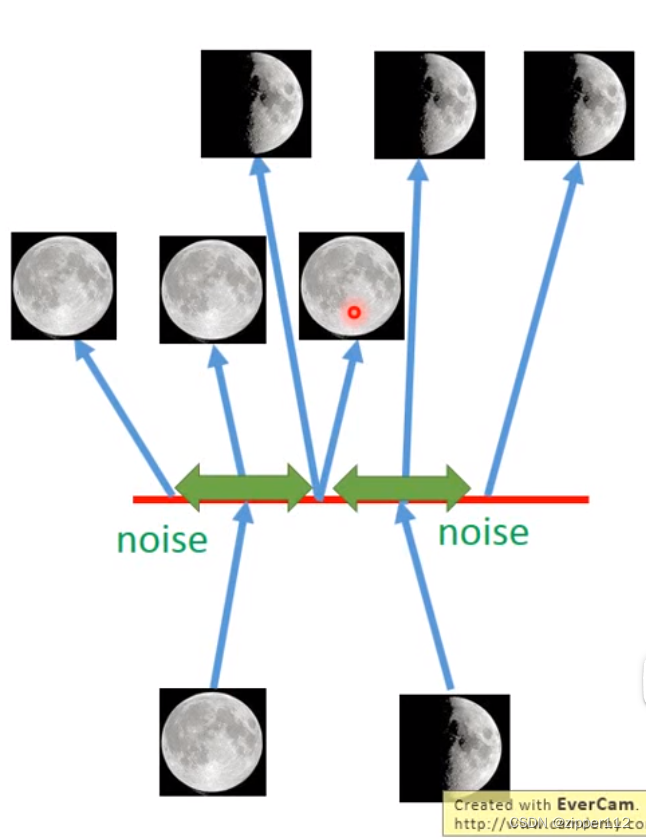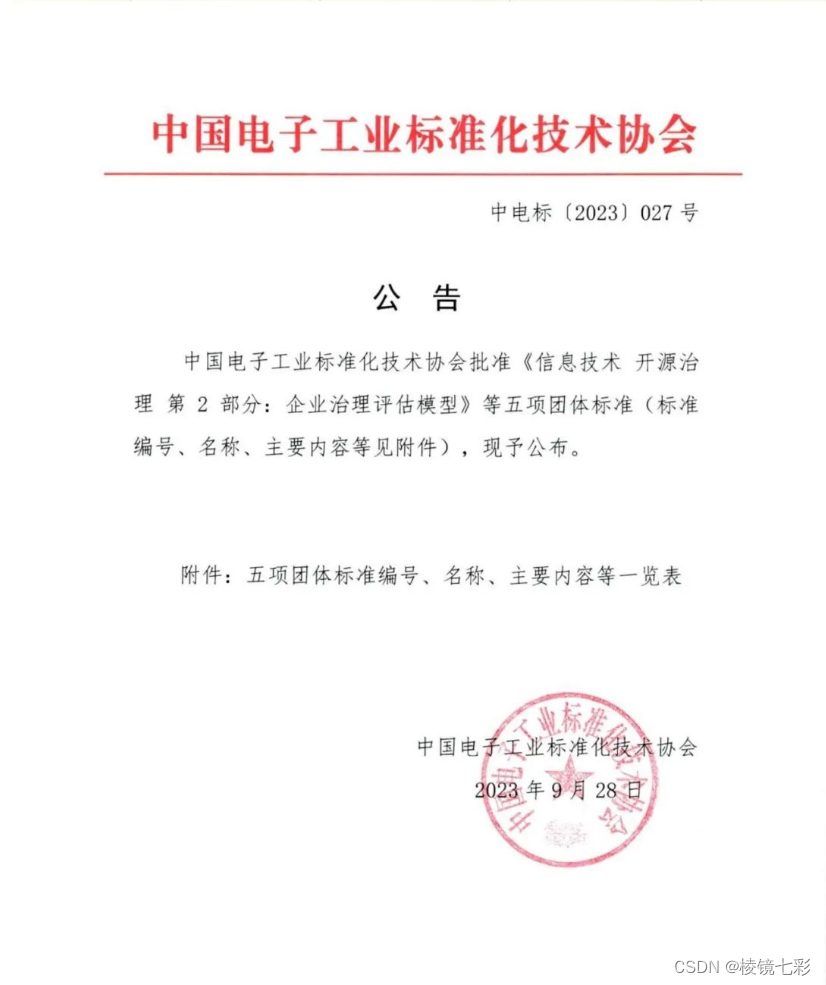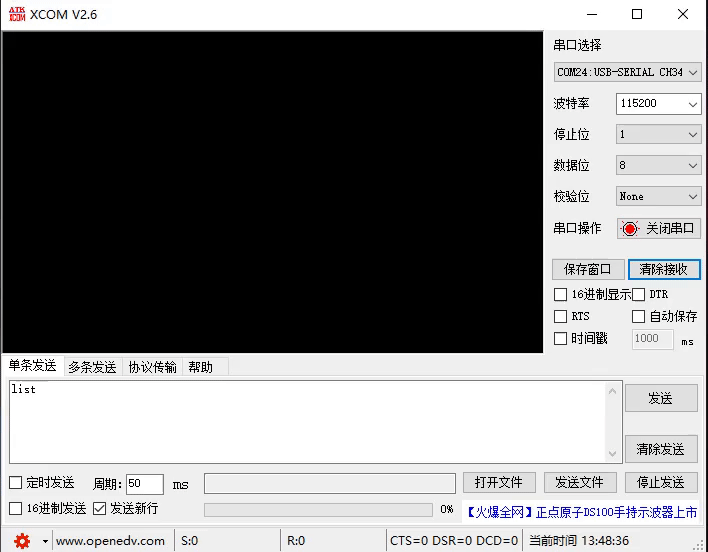文章目录
- 一、简介
- 1 为什么写这篇文章
- 2 跨进程传播协议-简介
- 二、协议
- 1 Standard Header项
- 2 Extension Header项
- 3 Correlation Header项
- 三、跨进程传播协议的源码分析
- 1 OpenTracing规范
- 2 通过dubbo插件分析跨进程数据传播
- 3 分析跨进程传播协议的核心源码
- 四、小结
- 参考
一、简介
1 为什么写这篇文章
写这篇文章是为了让自己和大家梳理这些内容:
- SkyWalking的链路串联依赖跨进程数据传播,他的跨进程传播协议是怎样的?
- 如果我想借助SkyWalking的跨进程传播协议实现传递全链路业务数据(如全局userId等),该如何实现?
2 跨进程传播协议-简介
SkyWalking 跨进程传播协议是用于上下文的传播,之前经历过sw3协议、sw6协议,本文介绍是当前(2023年)最新的sw8协议。
该协议适用于不同语言、系统的探针之间传递上下文。
二、协议
Header项分为三类:
- Standard Header项,Header名称:sw8
- Extension Header项,Header名称:sw8-x
- Correlation Header项,Header名称:sw8-correlation
协议的整体设计:

下面详细讲解协议的Header项:
1 Standard Header项
该Header项是上下文传播必须包含的。
- Header名称:sw8.
- Header值:由-分隔的8个字段组成。Header值的长度应该小于2KB。
Header值中具体包含以下8个字段:
- 采样(Sample),0 或 1,0 表示上下文存在,但是可以(也很可能)被忽略而不做采样;1 表示这个trace需要采样并发送到后端。
- 追踪ID(Trace Id),是 Base64 编码的字符串,其内容是由 . 分割的三个 long 类型值, 表示此trace的唯一标识。
- 父追踪片段ID(Parent trace segment Id),是 Base64 编码的字符串,其内容是字符串且全局唯一。
- 父跨度ID(Parent span Id),是一个从 0 开始的整数,这个跨度ID指向父追踪片段(segment)中的父跨度(span)。
- 父服务名称(Parent service),是 Base64 编码的字符串,其内容是一个长度小于或等于50个UTF-8编码的字符串。
- 父服务实例标识(Parent service instance),是 Base64 编码的字符串,其内容是一个长度小于或等于50个UTF-8编码的字符串。
- 父服务的端点(Parent endpoint),是 Base64 编码的字符串,其内容是父追踪片段(segment)中第一个入口跨度(span)的操作名,由长度小于或等于50个UTF-8编码的字符组成。
- 本请求的目标地址(Peer),是 Base64 编码的字符串,其内容是客户端用于访问目标服务的网络地址(不一定是 IP + 端口)。
示例值: 1-TRACEID-SEGMENTID-3-PARENT_SERVICE-PARENT_INSTANCE-PARENT_ENDPOINT-IPPORT
2 Extension Header项
该Header项是可选的。扩展Header项是为高级特性设计的,它提供了部署在上游和下游服务中的探针之间的交互功能。
Header名称:sw8-x
Header值:由-分割,字段可扩展。
扩展Header值
当前值包括的字段:
追踪模式(Tracing Mode),空、0或1,默认为空或0。表示在这个上下文中生成的所有跨度(span)应该跳过分析。在默认情况下,这个应该在上下文中传播到服务端,除非它在跟踪过程中被更改。
客户端发送的时间戳:用于异步RPC,如MQ。一旦设置,消费端将计算发送和接收之间的延迟,并使用key transmission.latency自动在span中标记延迟。
示例值:1-1621344125000
3 Correlation Header项
该Header项是是可选的。并非所有语言的探针都支持,已知的是Java的探针是支持该协议。
该Header项用于跨进程传递用户自定义数据,例如userId、orgId。
这个协议跟OpenTracing 的 Baggage很类似,但是Correlation Header项相比,在默认设置下会更有更严格的限制,例如,只能存放3个字段,且有字段长度限制,这个是为了安全、性能等考虑。
数据格式:
Header名称:sw8-correlation
Header值:由,分割一对对key、value,每对key、value逗号分割,key、value的由Base64编码。
示例值:a2V5MQ==:dmFsdWUx,a2V5LTI=:dmFsdWUy
三、跨进程传播协议的源码分析
1 OpenTracing规范
SkyWalking是基于OpenTracing标准的追踪系统,参考吴晟老师翻译的OpenTracing规范的文章opentracing之Inject和Extract,OpenTracing定义了跨进程传播的几个要素:
SpanContext:SpanContext代表跨越进程边界,传递到下级span的状态。在SkyWalking中的实现类是org.apache.skywalking.apm.agent.core.context.TracingContext
Carrier:传递跨进程数据的搬运工,负责将追踪状态从一个进程"carries"(携带,传递)到另一个进程
Inject 和 Extract:SpanContexts可以通过Inject(注入)操作向Carrier增加,或者通过Extract(提取)从Carrier中获取,跨进程通讯数据(例如:HTTP头)。通过这种方式,SpanContexts可以跨越进程边界,并提供足够的信息来建立跨进程的span间关系(因此可以实现跨进程连续追踪)
2 通过dubbo插件分析跨进程数据传播
我们以SkyWalking java agent的dubbo-2.7.x-plugin插件为例,其中跨进程传播数据的核心代码在org.apache.skywalking.apm.plugin.asf.dubbo.DubboInterceptor,下面是该类跨进程传播的核心代码:
public class DubboInterceptor implements InstanceMethodsAroundInterceptor {/*** Consumer: The serialized trace context data will* inject to the {@link RpcContext#attachments} for transport to provider side.* <p>* Provider: The serialized trace context data will extract from* {@link RpcContext#attachments}. current trace segment will ref if the serialization context data is not null.*/@Overridepublic void beforeMethod(EnhancedInstance objInst, Method method, Object[] allArguments, Class<?>[] argumentsTypes,MethodInterceptResult result) throws Throwable {......if (isConsumer) { // 1、consumer端// ContextCarrierfinal ContextCarrier contextCarrier = new ContextCarrier();// 1.1 createExitSpan()内部会调用TracerContext.inject(carrier),将TracerContext中的context数据inject(注入)到ContextCarrier的context中span = ContextManager.createExitSpan(generateOperationName(requestURL, invocation), contextCarrier, host + ":" + port);CarrierItem next = contextCarrier.items();// 1.2 遍历ContextCarrier,从ContextCarrier的context获取数据,注入到dubbo的attachment,从consumer端传递到provider端while (next.hasNext()) {next = next.next();rpcContext.setAttachment(next.getHeadKey(), next.getHeadValue());if (invocation.getAttachments().containsKey(next.getHeadKey())) {invocation.getAttachments().remove(next.getHeadKey());}}} else { // 2 provider端// 2.1 从consumer端传递到provider端的attachment中获取跨进程协议数据,然后设置到contextContextCarrier contextCarrier = new ContextCarrier();CarrierItem next = contextCarrier.items();while (next.hasNext()) {next = next.next();next.setHeadValue(rpcContext.getAttachment(next.getHeadKey()));}// 2.2 createEntrySpan()内部会调用TracerContext.extract(carrier),将ContextCarrier的context数据extract(提取)到将TracerContext中的context中span = ContextManager.createEntrySpan(generateOperationName(requestURL, invocation), contextCarrier);span.setPeer(rpcContext.getRemoteAddressString());}}
}
从上面的源码可以看出在服务调用方和被调用方,都会用到ContextCarrier,他是临时搬运工,负责两个进程的TracerContext数据的传递。
下面分析ContextCarrier等类的核心源码。
3 分析跨进程传播协议的核心源码
TracingContext
org.apache.skywalking.apm.agent.core.context.TracingContext是OpenTracing的SpanContext的一种实现,里面包含了span的上下文,包含在segment、correlationContext、extensionContext,而inject()、extract()负责跨进程上下文透传。
public class TracingContext implements AbstractTracerContext {/*** The final {@link TraceSegment}, which includes all finished spans.*/private TraceSegment segment;@Getter(AccessLevel.PACKAGE)private final CorrelationContext correlationContext;@Getter(AccessLevel.PACKAGE)private final ExtensionContext extensionContext;/*** Prepare for the cross-process propagation. How to initialize the carrier, depends on the implementation.** @param carrier to carry the context for crossing process.*/void inject(ContextCarrier carrier);/*** Build the reference between this segment and a cross-process segment. How to build, depends on the* implementation.** @param carrier carried the context from a cross-process segment.*/void extract(ContextCarrier carrier);
}
ContextCarrier
ContextCarrier作为传递跨进程数据的搬运工,负责将追踪状态从一个进程"carries"(携带,传递)到另一个进程,其中包含了sw8协议里的Standard Header项、Extension Header项、Correlation Header项相关的上下文数据,具体参考下面的代码:
public class ContextCarrier implements Serializable {/*** extensionContext包含了在某些特定场景中用于增强分析的可选上下文,对应sw8的Extension Header项*/private ExtensionContext extensionContext = new ExtensionContext();/*** 用户的自定义上下文容器。此上下文与主追踪上下文一同传播。对应sw8的Correlation Header项*/private CorrelationContext correlationContext = new CorrelationContext();/*** @return 存在于当前tracing上下文中的item清单*/public CarrierItem items() {SW8ExtensionCarrierItem sw8ExtensionCarrierItem = new SW8ExtensionCarrierItem(extensionContext, null);SW8CorrelationCarrierItem sw8CorrelationCarrierItem = new SW8CorrelationCarrierItem(correlationContext, sw8ExtensionCarrierItem);SW8CarrierItem sw8CarrierItem = new SW8CarrierItem(this, sw8CorrelationCarrierItem);return new CarrierItemHead(sw8CarrierItem);}/*** Extract the extension context to tracing context*/void extractExtensionTo(TracingContext tracingContext) {tracingContext.getExtensionContext().extract(this);// The extension context could have field not to propagate further, so, must use the this.* to process.this.extensionContext.handle(tracingContext.activeSpan());}/*** Extract the correlation context to tracing context*/void extractCorrelationTo(TracingContext tracingContext) {tracingContext.getCorrelationContext().extract(this);// The correlation context could have field not to propagate further, so, must use the this.* to process.this.correlationContext.handle(tracingContext.activeSpan());}/*** 序列化sw8的Standard Header项,使用 '-' 分割各个字段* Serialize this {@link ContextCarrier} to a {@link String}, with '|' split.* @return the serialization string.*/String serialize(HeaderVersion version) {if (this.isValid(version)) {return StringUtil.join('-',"1",Base64.encode(this.getTraceId()),Base64.encode(this.getTraceSegmentId()),this.getSpanId() + "",Base64.encode(this.getParentService()),Base64.encode(this.getParentServiceInstance()),Base64.encode(this.getParentEndpoint()),Base64.encode(this.getAddressUsedAtClient()));}return "";}/*** 反序列化sw8的Standard Header项* Initialize fields with the given text.* @param text carries {@link #traceSegmentId} and {@link #spanId}, with '|' split.*/ContextCarrier deserialize(String text, HeaderVersion version) {if (text == null) {return this;}if (HeaderVersion.v3.equals(version)) {String[] parts = text.split("-", 8);if (parts.length == 8) {try {// parts[0] is sample flag, always trace if header exists.this.traceId = Base64.decode2UTFString(parts[1]);this.traceSegmentId = Base64.decode2UTFString(parts[2]);this.spanId = Integer.parseInt(parts[3]);this.parentService = Base64.decode2UTFString(parts[4]);this.parentServiceInstance = Base64.decode2UTFString(parts[5]);this.parentEndpoint = Base64.decode2UTFString(parts[6]);this.addressUsedAtClient = Base64.decode2UTFString(parts[7]);} catch (IllegalArgumentException ignored) {}}}return this;}
}
CorrelationContext
ContextCarrier里包含里sw8的Correlation Header项存放于CorrelationContext,这个类非常有用,适合我们去在全链路跨进程传递自定义的数据。
sw8协议里的Standard Header项、Extension Header项是比较固定的协议格式,我们可以扩展这些协议,例如Standard Header项,当前固定是8位的,对应8个字段,我们可以扩展为9位,第九位可以定义为userId。但是如果要这样改造,就得修改ContextCarrier类序列化、反序列的逻辑,要重新发布agent,并考虑好新旧版本兼容性问题、以及不同语言的agent是否兼容。
而sw8的Correlation Header项使用起来就非常方便。先看下对应实现了CorrelationContext的源码:
/*** Correlation context, use to propagation user custom data.* Correlation上下文,用于传播用户自定义数据*/
public class CorrelationContext {private final Map<String, String> data;/*** Add or override the context. 添加或覆盖上下文数据** @param key to add or locate the existing context* @param value as new value* @return old one if exist.*/public Optional<String> put(String key, String value) {// 可以存放于span的tag中if (AUTO_TAG_KEYS.contains(key) && ContextManager.isActive()) {ContextManager.activeSpan().tag(new StringTag(key), value);}// settingdata.put(key, value);return Optional.empty();}/*** @param key to find the context 获取上下文数据* @return value if exist.*/public Optional<String> get(String key) {return Optional.ofNullable(data.get(key));}/*** Serialize this {@link CorrelationContext} to a {@link String} 序列化** @return the serialization string.*/String serialize() {if (data.isEmpty()) {return "";}return data.entrySet().stream().map(entry -> Base64.encode(entry.getKey()) + ":" + Base64.encode(entry.getValue())).collect(Collectors.joining(","));}/*** Deserialize data from {@link String} 反序列化*/void deserialize(String value) {if (StringUtil.isEmpty(value)) {return;}for (String perData : value.split(",")) {// Only data with limited count of elements can be addedif (data.size() >= Config.Correlation.ELEMENT_MAX_NUMBER) {break;}final String[] parts = perData.split(":");if (parts.length != 2) {continue;}data.put(Base64.decode2UTFString(parts[0]), Base64.decode2UTFString(parts[1]));}}/*** Prepare for the cross-process propagation. Inject the {@link #data} into {@link* ContextCarrier#getCorrelationContext()}*/void inject(ContextCarrier carrier) {carrier.getCorrelationContext().data.putAll(this.data);}/*** Extra the {@link ContextCarrier#getCorrelationContext()} into this context.*/void extract(ContextCarrier carrier) {......}/*** Clone the context data, work for capture to cross-thread. 克隆数据,用于跨线程传递*/@Overridepublic CorrelationContext clone() {final CorrelationContext context = new CorrelationContext();context.data.putAll(this.data);return context;}/*** Continue the correlation context in another thread.传递到另外的线程** @param snapshot holds the context.*/void continued(ContextSnapshot snapshot) {this.data.putAll(snapshot.getCorrelationContext().data);}
}
通过源码可知,CorrelationContext通过Map<String, String>来存放数据,CorrelationContext数据支持跨线程、跨进程透传。
四、小结
分析Dubbo插件的跨进程核心代码,了解了跨进程传播协议的核心实现逻辑。
其实在其他分布式追踪系统(如Zipkin、Jager)、全链路灰度系统等涉及到跨进程数据传播的系统中,也是使用了类似于上面SkyWalking协议的思路。
参考
SkyWalking Cross Process Propagation Headers Protocol
SkyWalking Cross Process Correlation Headers Protocol
详解 Apache SkyWalking 的跨进程传播协议




